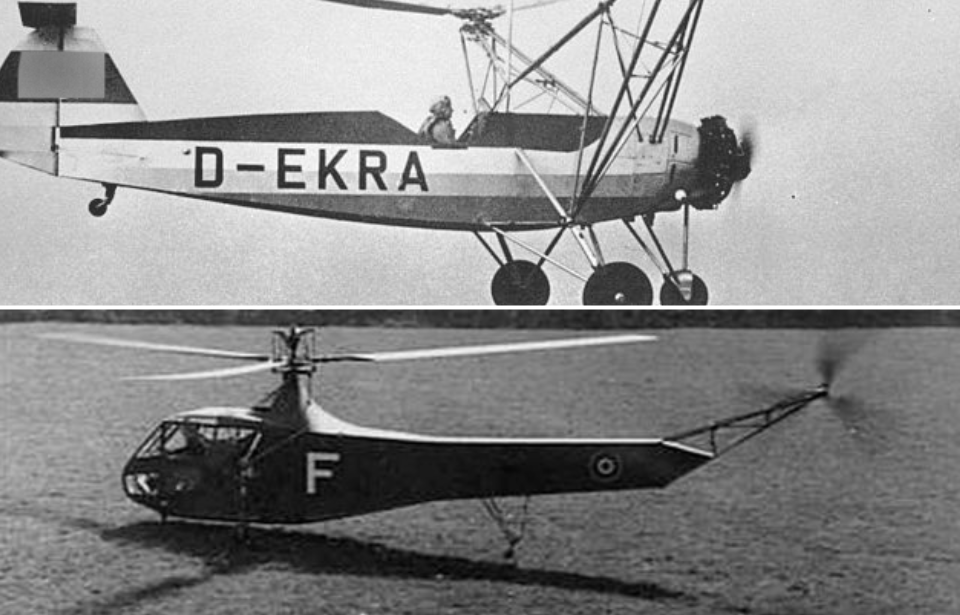Whenever someone uses helicopters and war in the same sentence, images of aircraft hovering over dense Vietnamese jungles immediately come to mind. However, while these hovering rotorcraft are most commonly associated with the Vietnam War, there were helicopters used throughout WW2.
Certainly, these early choppers were much more primitive than those used today, but that doesn’t mean they weren’t valuable to the militaries operating them. Discover six of the most influential and useful helicopters flown by both sides during WW2.
Kamov A-7
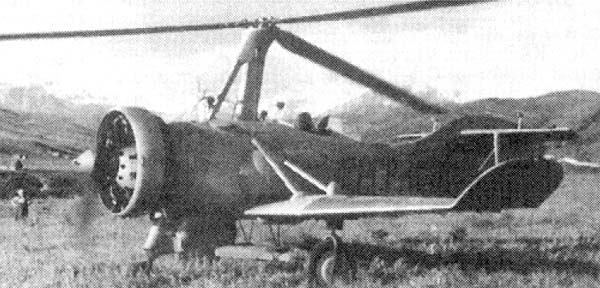
The Central Aerohydronamic Institute (TsAGI) began development of the Kamov A-7 in 1931, having previously designed the TsAGI A-4 autogyro, which had successfully been incorporated into the Soviet Air Force for use as a reconnaissance aircraft. The A-7, which was completed in 1934, was built for a much different purpose: combat.
The two-seater was the first combat autogyro ever built, as well as the first to be mass produced in the USSR. Its later variant, the A-7bis, featured better aerodynamics, while the A-7-3A was lighter. It was this version that was used by the Red Army in combat. It was equipped with three machine guns – a PV-1 on the front and a twin mount DA-2 variant of the Degtyaryov at the rear – and modified on occasion to carry explosives, either four FAB-100 bombs or six RS-82 unguided rockets.
Despite the A-7-3A being the superior variant, the previous two versions weren’t out of work entirely. They were used to spot artillery positions and, in 1941, the A-7 was deployed to pollinate fruit trees in Tien Shan, Central Asia.
Focke-Wulf Fw 61
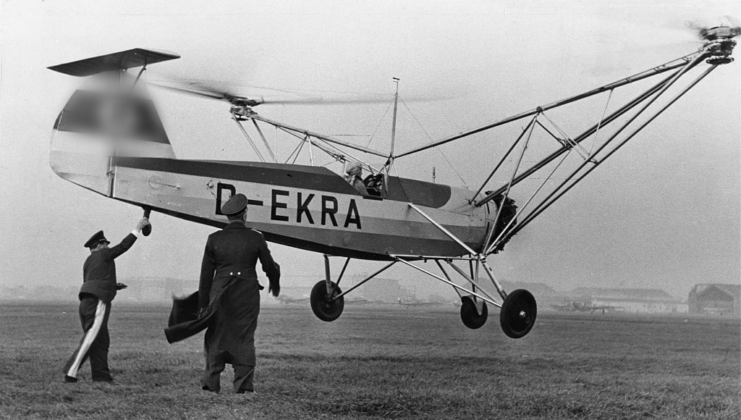
While it may have been the Soviets that created the only armed combat autogyro during the conflict, Germany produced the most helicopters during WW2. They were flown by the Luftwaffe and Kriegsmarine, and it’s no wonder the country is often credited with creating the first functional chopper.
The difference between helicopters and autogyros is how the blades create lift. Autogyros are like traditional aircraft in that they fly through the use of an engine and a front propeller – they just have free spinning propellers on top, which create lift. Helicopters, on the other hand, force the propellers through the air to create lift, without using the front or engine.
The Focke-Wulf Fw 61 was first flown in 1936, and two years later was demonstrated to the public at one of the stadiums used during the Berlin Olympics. Apart from altitude, speed and length of flight records during its trials, little is known about what these helicopters did during the war. What is clear is that neither of the two developed survived the war.
The importance of the Fw 61 lies more so in what its development allowed to succeed it.
Focke-Achgelis Fa 223 Drache
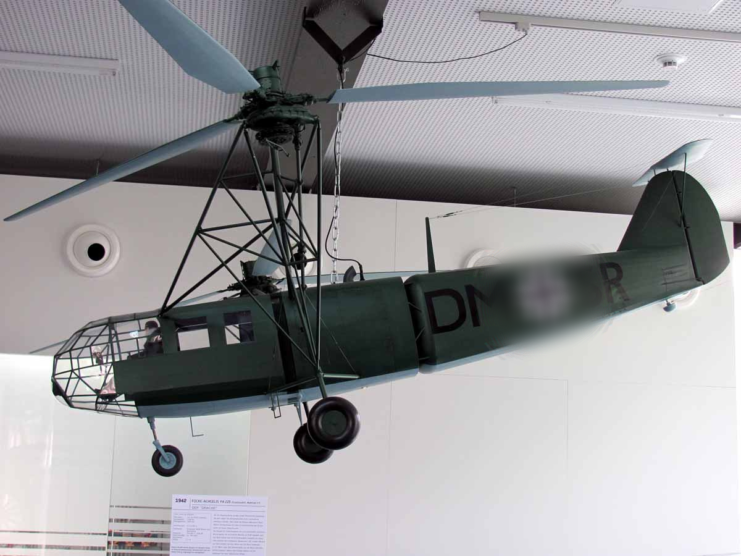
Research conducted with the Focke-Wulf Fw 61 allowed Germany to create it’s most impressive and useful helicopter of WW2: the Focke-Achgelis Fa 223 Drache. It made use of many of the same concepts first tested on the Fw 61, but on a much larger scale. After a number of successful tests, the chopper was put into production. However, as the factory in Delmenhorst was bombed by the Allies in June 1942, only 20 ever left the assembly line.
The Fa 223 was used in various capacities throughout the Second World War, due to its ability to carry loads of over 2,200 pounds and reach speeds of up to 113 MPH. In one instance, it was used in the recovery attempt of a Dornier Do 217 in Lower Saxony. The first wound up crashing, meaning a second had to be deployed to rescue both. It was also heavily tested in mountainous areas, with success.
Throughout the war, the Fa 223 also saw use in anti-submarine patrols. Perhaps the most impressive feat undertaken by one was a journey from Germany to the Airborne Forces Experimental Establishment, in England. This made it the first helicopter to travel across the English Channel. Two subsequent trips were made, with the chopper crashing during take-off on the third time.
Sikorsky R-4 “Hoverfly”
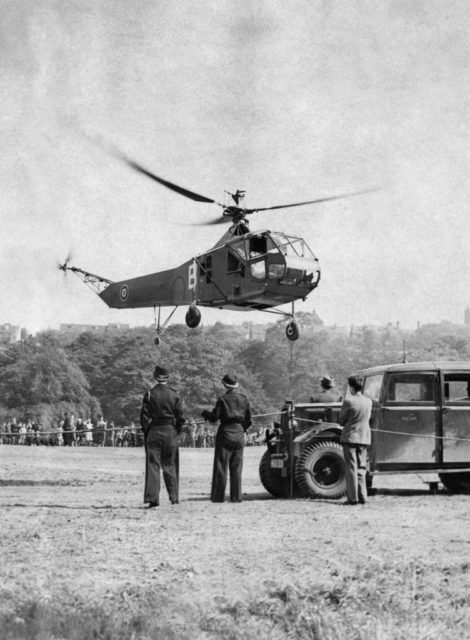
Designed by Soviet immigrant Igor Sikorsky, the Sikorsky R-4 “Hoverfly” was another example of a true WW2 helicopter, rather than an autogyro. Its prototype first flew in January 1942, and the chopper later went on to serve with the US Army Air Forces, Navy and Coast Guard, as well as the Royal Air Force (RAF) and Royal Navy.
Despite its success in many areas, including breaking all previous records set by other helicopters, the R-4 was notoriously difficult to fly. According to the Chicago Tribune, the “control stick shakes like a jackhammer, and the pilot must hold it tightly at all times. Should he relax for even a minute the plane falls out of control. Pilots of regular planes say it’s easy to identify a helicopter pilot – he has a permanent case of the shakes.”
Nonetheless, the chopper was used extensively throughout the war at home and on the frontlines. In many instances, it was used to evacuate the wounded from sticky situations, largely in Burma, Manila and China. During Operation Ivory Soap, it performed a more traditional cargo carrying role, transporting ferry parts to Aviation Repair Units. It was also the R-4 that was used to train pilots as part of the RAF Helicopter Training School.
Cierva C.30
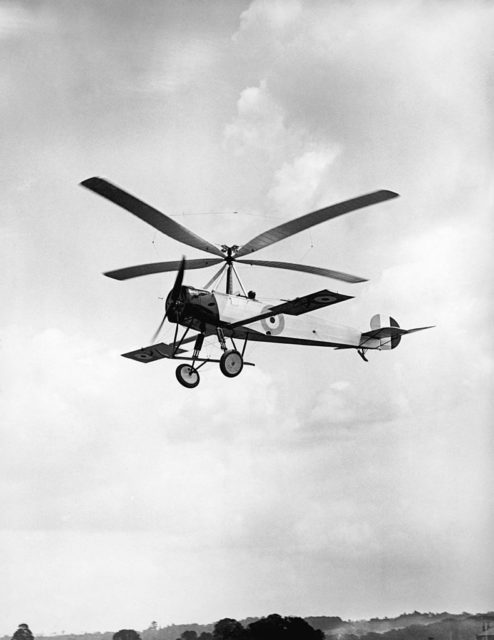
Designed by Spanish civil engineer Juan de la Cierva in 1923, the Cierva autogyros are generally considered to be the first of their kind. Many variations were developed over the years, but it was the C.30 that was the best. It was manufactured across the world, with Germany dubbing its version the Focke-Wulf Fw 30 Heuschrecke and France, the LeO C.301.
In the United Kingdom, the Cierva C.30 was built by Avro, who’d obtained a license to build the rotorcraft in 1934. When the Second World War began, most were taken into service by the RAF for radar calibration work. Of the 148 that were constructed, only 12 survived the conflict.
Kayaba Ka-1 and Ka-2
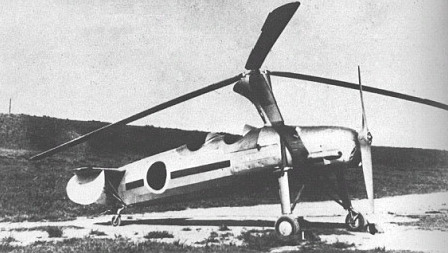
Although they didn’t produce nearly as many autogyros or helicopters as other countries during WW2, the Japanese did design two: the Kayaba Ka-1 and Ka-2. The design was based off the American-made Kellett KD-1A, which had been damaged shortly after being imported in 1939.
It took until May 1941 for their first prototype to be flightworthy. Shortly after, work began on the Ka-2, which was powered by a different engine than the Ka-1. Both were designed as reconnaissance, artillery-spotting and anti-submarine rotorcraft, with the latter task being what pilots were trained to perform.
More from us: The Most Unusual Aircraft to Ever Take to the Skies
A unit was assigned to the escort carrier Akitsu Maru in 1944 and remained there until the vessel was sunk in November of that year. After that, the Imperial Japanese Army’s fleet of autogyros was moved back onto land. While none successfully sunk an enemy submarine, a number were successfully spotted.
